Media | Articles
Grandpa saved this 1-of-1 Jeep from the crusher. His grandkids restored it
Harold “Pete” Johnson was one of a kind. The same could be said for his favorite truck. Today the two live on—one of them in spirit, the other as a popular entry at Jeep shows—thanks to the love and dedication of his grandchildren. And a promise to Pete’s wife.
“We love to tell Grandpa’s story, and the truck gives us the opportunity to do that,” says Mike Smith, who met and married Johnson’s granddaughter Paula in the 1980s. “He was a pretty special person.”

“Special” is also an appropriate (and literal) description of Pete Johnson’s 1977 Jeep J10 extended cab, the only one of its kind; Johnson supervised the prototype project at AMC/Jeep’s Toledo factory. Built on a Wagoneer frame, the extended cab offered a second row of seating, an idea that “was ahead of its time,” Mike says. “Now it’s difficult to find a regular cab these days.”
Johnson and his team created a unicorn, although they didn’t know it at the time. To distinguish the extended cab from other vehicles during production, the word “Special” was hastily scrawled onto the frame. Decades later, that word would help prove its authenticity.
The fact that the only Jeep extended cab is still with us is a testament to Johnson’s love for the truck and his tenacity in protecting it. After AMC/Jeep declined to put the special truck into production, Johnson was ordered to crush it, a common practice for prototypes, whether or not the company decides to put them into production. Johnson couldn’t destroy the truck. Instead, he and his team hid it from their superiors behind filing cabinets and debris, biding their time until Johnson’s new boss agreed to sell it to him for $1.
“That truck was Grandpa’s dream,” says Mike Smith, 56. “He drove it every day. Thank God it blew the transmission at 64,000 miles.” The non-running truck sat idle for years, waiting for the right time, and person, to be brought back to life. That person would be Mike.
“I’ll never forget the first time I met Grandpa, which I believe would have been in ’86,” says Mike, who was a U.S. Marine at the time. “He grabbed me by the back of the neck and said, ‘Son, in this family we don’t buy depreciable value.’ I know now that he was probably talking about cars, but at the time I thought, ‘What does that mean?’
“He was old school. He’d explain how they did things [when designing a new vehicle]—how they’d start with a clay mold. You hear the term ‘one-off’ and you wonder, ‘Is this a really big deal?’ But everybody in the family knew that truck was a big deal.”
Following Johnson’s death, the family talked about restoring the heirloom. Paula’s brother Jeff suggested to Pete’s wife, Ruth, that Mike was the one for the job.
“He went to Grandma and said, ‘There’s only one person who has the skills and means to do it, and that’s Mike,’” remembers Smith, a contractor from Findlay, Ohio. “I told her, ‘Grandma, if you give me this truck, I promise it will go back together like it came out of the factory, right down to the last bolt.’ It was tough, but I kept that promise. It was critical for me to keep my word to her.”
It wouldn’t be an easy restoration. True to his word, Mike removed every last piece and laid everything out on cardboard, determining what was missing and what needed to be replaced. Keeping his promise, there would be no shortcuts.
“Somebody had started to work on it—maybe him,” Smith says. “The left front fender was missing, and the hood was in the back with a box of parts. I used everything that I could, but I had to get a new fender, and there were things that needed to be replaced.”
Smith did the work himself, including bringing the engine back to life. He also received help from an unexpected source, Zach Heisey, owner of Z&M Jeeps Ltd., in Maumee, Ohio, and a senior manager at Dana, Inc., an aftermarket engineering company. Heisey provided a ray of sunshine during a social media storm.

“I didn’t realize how radical Jeep people are,” Smith says. “When I went on a Jeep site and said that I owned an original J10 extended cab that had avoided the crusher, literally 500–1000 people called me a liar. I try not to get caught up in the negative, but it did bother me a bit because so many people doubted it. Then one guy saw it and wanted to see it for himself.”
That guy was Heisey.
“He saw the word ‘Special’ and he said, ‘Oh, my God. Oh, my God. This is real. Whatever you do, do not lose this on the frame,’” Smith says. “So we acid-dipped everything but the frame, and we sandblasted that to protect it. If you want to verify a Jeep’s authenticity, Zach’s the guy to do it. He verified what we already knew to be true.”
Heisey also helped procure parts, and when it came to correctness, Smith was like a dog with a bone.
For example, “The original vinyl had small holes in it, like you’d see on seats (today) that air-conditioning blows through. I couldn’t find any to match, so I thought maybe I’d grid out the material and poke holes in it so it looked like the original, but I realized that would never work. I finally found a place in [the state of] Washington that had one roll of the original vinyl left.”
Another box checked.
The Ginger Poly–painted Jeep received further authentication when, in March 2019, the Smiths started a Facebook page so fans could watch the truck’s transformation. Former Jeep employees who had worked for Johnson began reaching out, including the man who wrote the word “Special” on the frame. “We knew those people were telling the truth because I’d ask them what Grandpa would eat for lunch.”
That simple sentence requires a little more explanation. “Grandma and Grandpa were inseparable; they loved being together; they always held hands,” Smith explains. “She’d often fix a big dinner for everyone, but Grandpa loved tomato soup and noodles—we called them ‘Grandpa noodles’—and he always had ice cream for dessert, so she’d always fix that for him no matter what everyone else was eating. I’d ask the people who worked with him what he ate for lunch, and they’d all say, ‘It’s the strangest thing—he only ate ice cream.’ That’s because he could only get Grandpa noodles at home, so he’d only eat ice cream for lunch when he was at work.”
Smith says telling stories like that helps keep Pete and Ruth Johnson’s spirits alive. The extended cab provides the vessel. Although an entire team of workers built the truck, the family doesn’t have to look far to find Pete’s personal handiwork. “The front seat slides all the way forward and tips forward to the windshield to let people get in the back seat,” Smith says. “Grandpa made that bracket himself.”
After completing the restoration, the one-and-only 1977 Jeep J10 extended cab has been shown at the Toledo Jeep Fest and the Great Smoky Mountain Jeep Club Invasion in Pigeon Forge, Tennessee. There are plans to show it far and wide, including (but not yet confirmed) at the SEMA Show in Las Vegas, October 31–November 3.
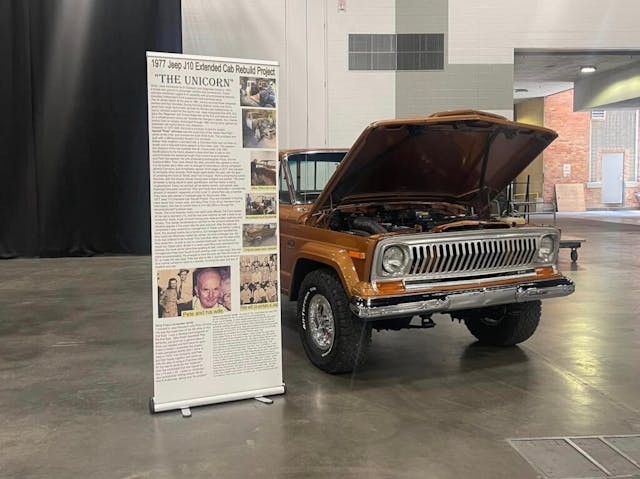
Sadly, Pete and Ruth Johnson never saw the completed truck. Mike Smith imagines how they would have reacted.
“I’ve actually had a dream about that,” he says. “The two of them were there, and Grandma did this [restoration] to surprise him. I think once their tears stopped, Grandpa would say, ‘Well done.’ I think he would be very proud and happy that someone cared about it almost as much as he did.”
***
Marketplace
Buy and sell classics with confidence
Check out the Hagerty Media homepage so you don’t miss a single story, or better yet, bookmark it. To get our best stories delivered right to your inbox, subscribe to our newsletters.

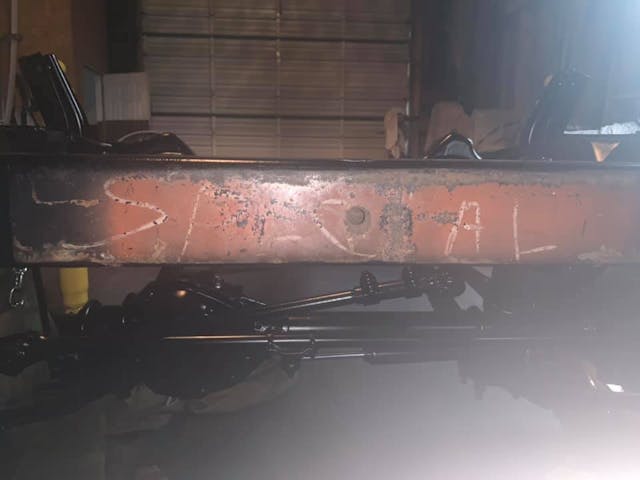
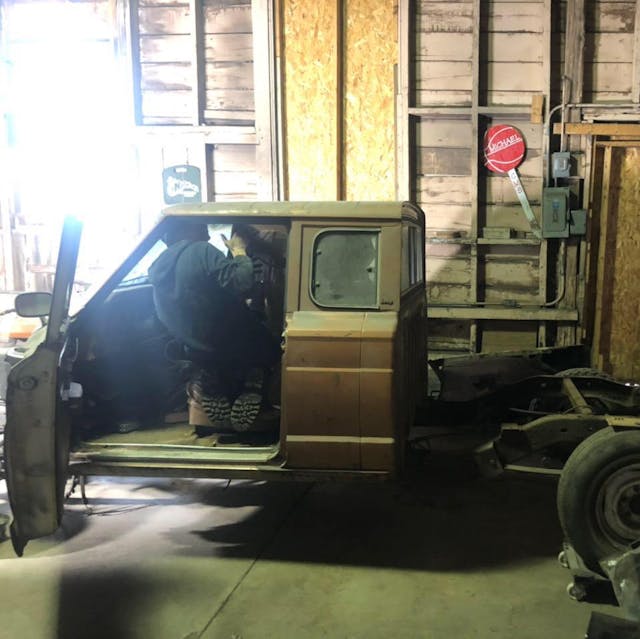
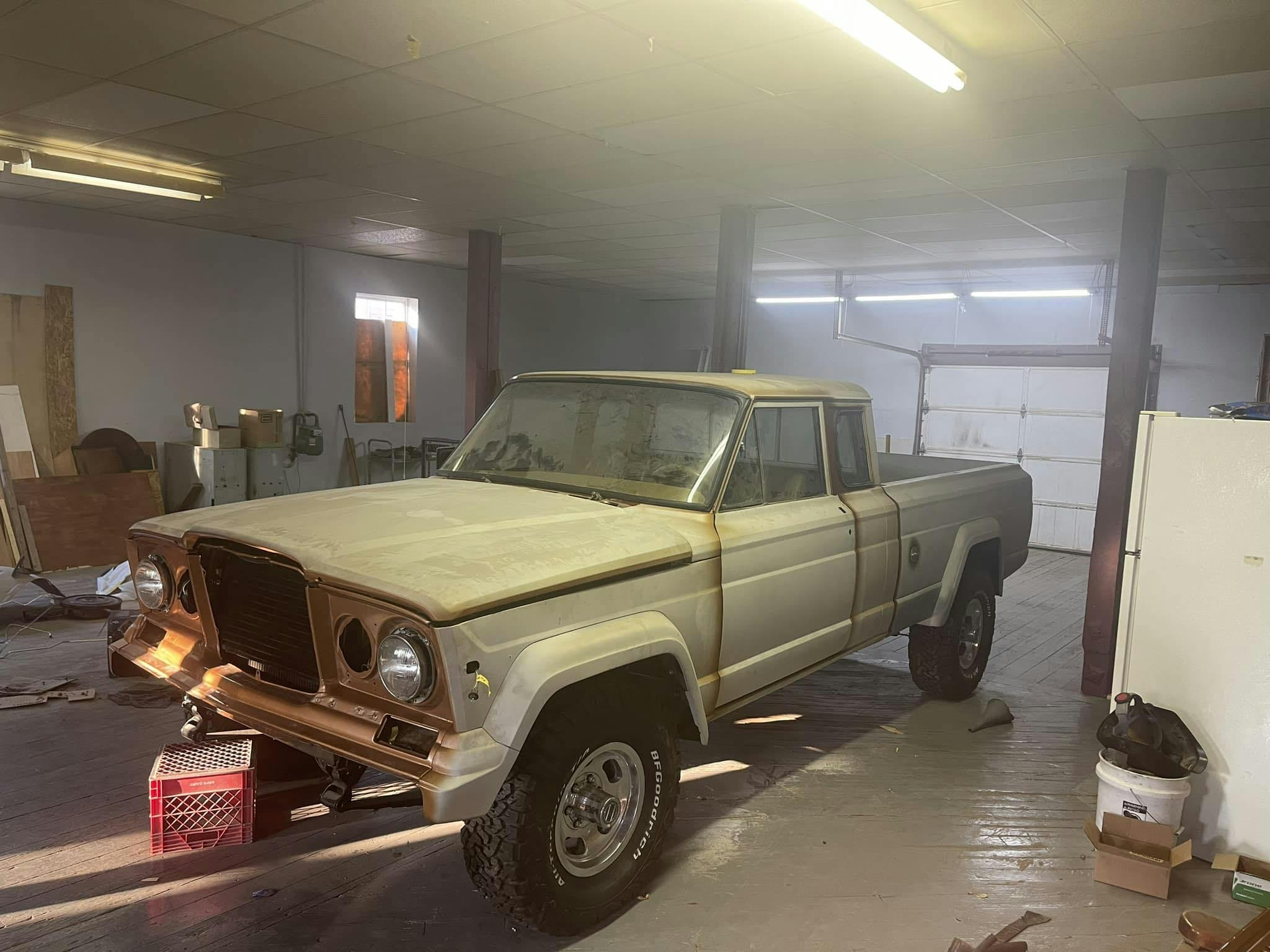

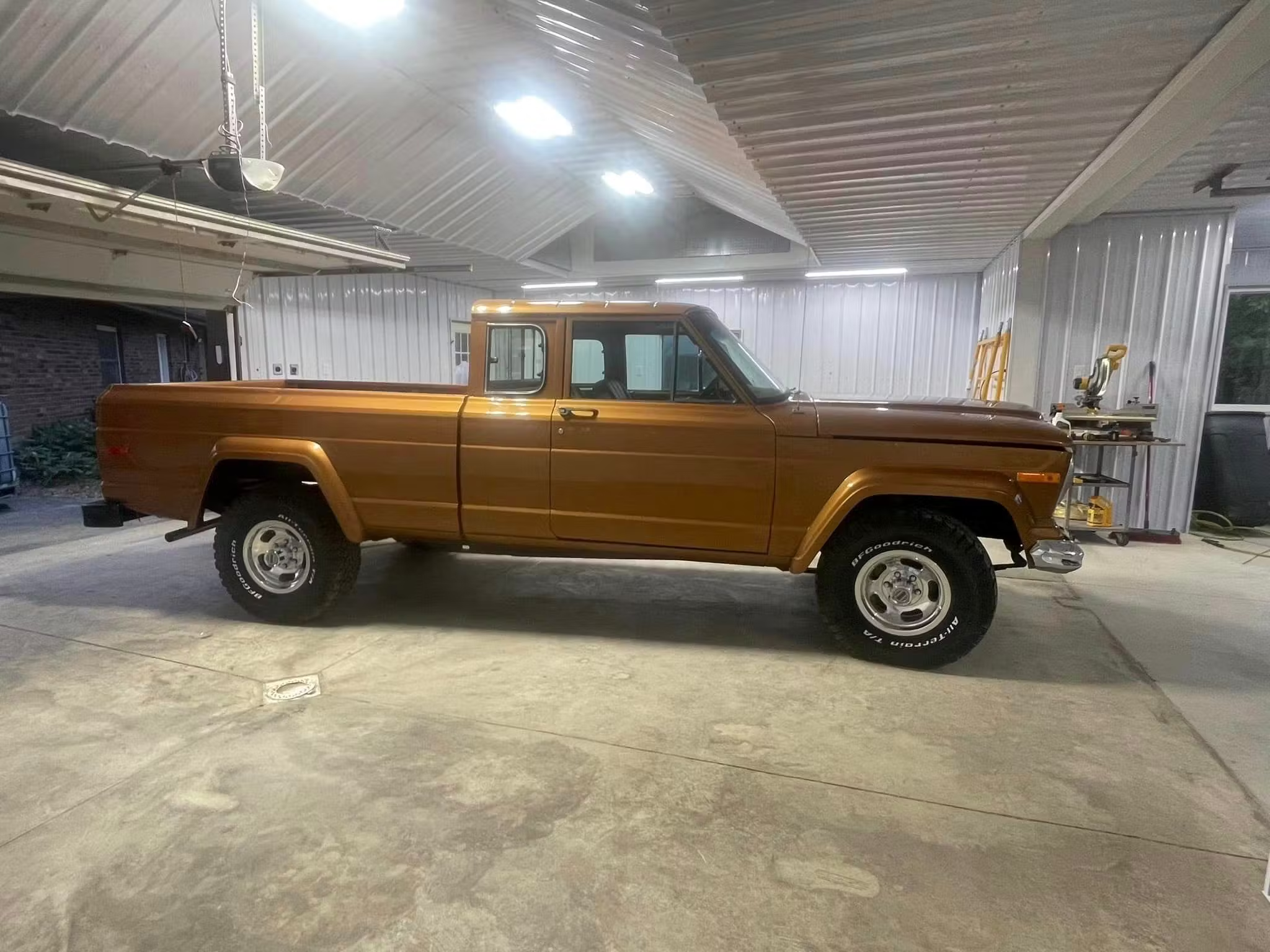
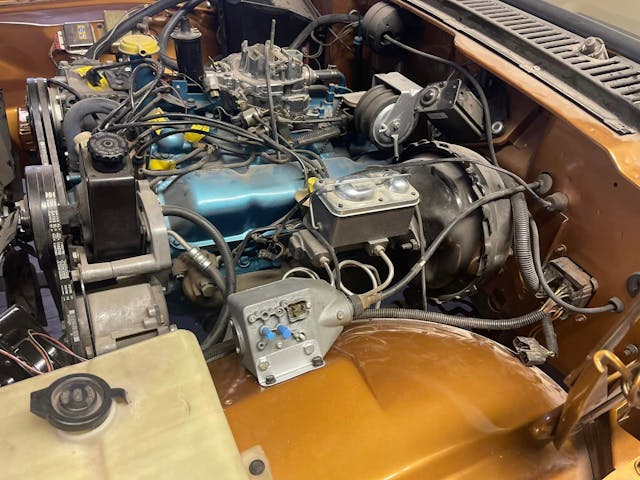
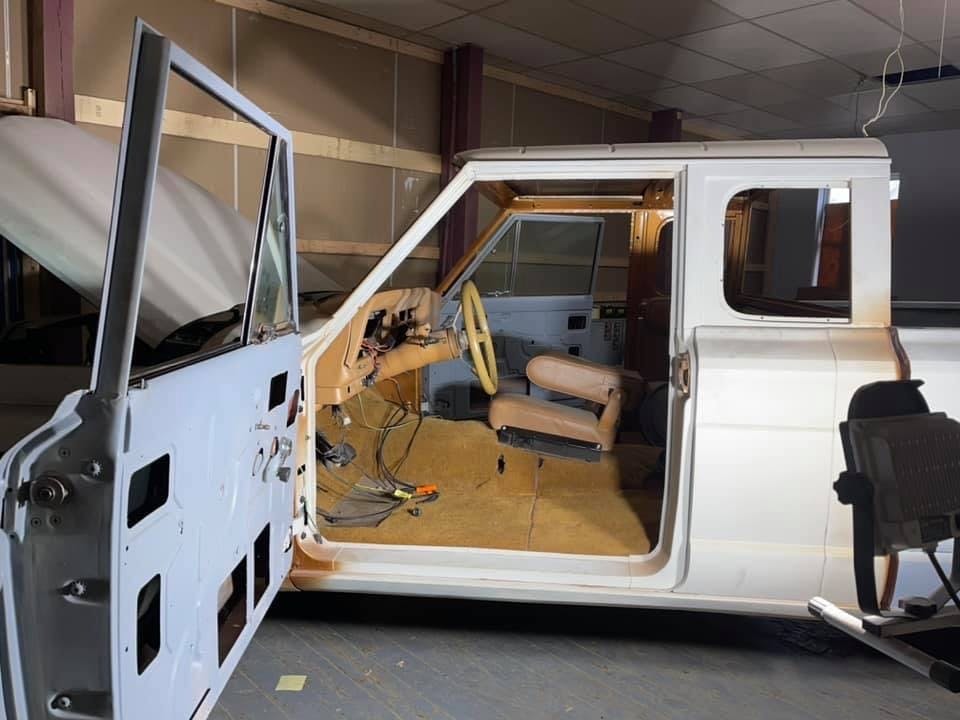
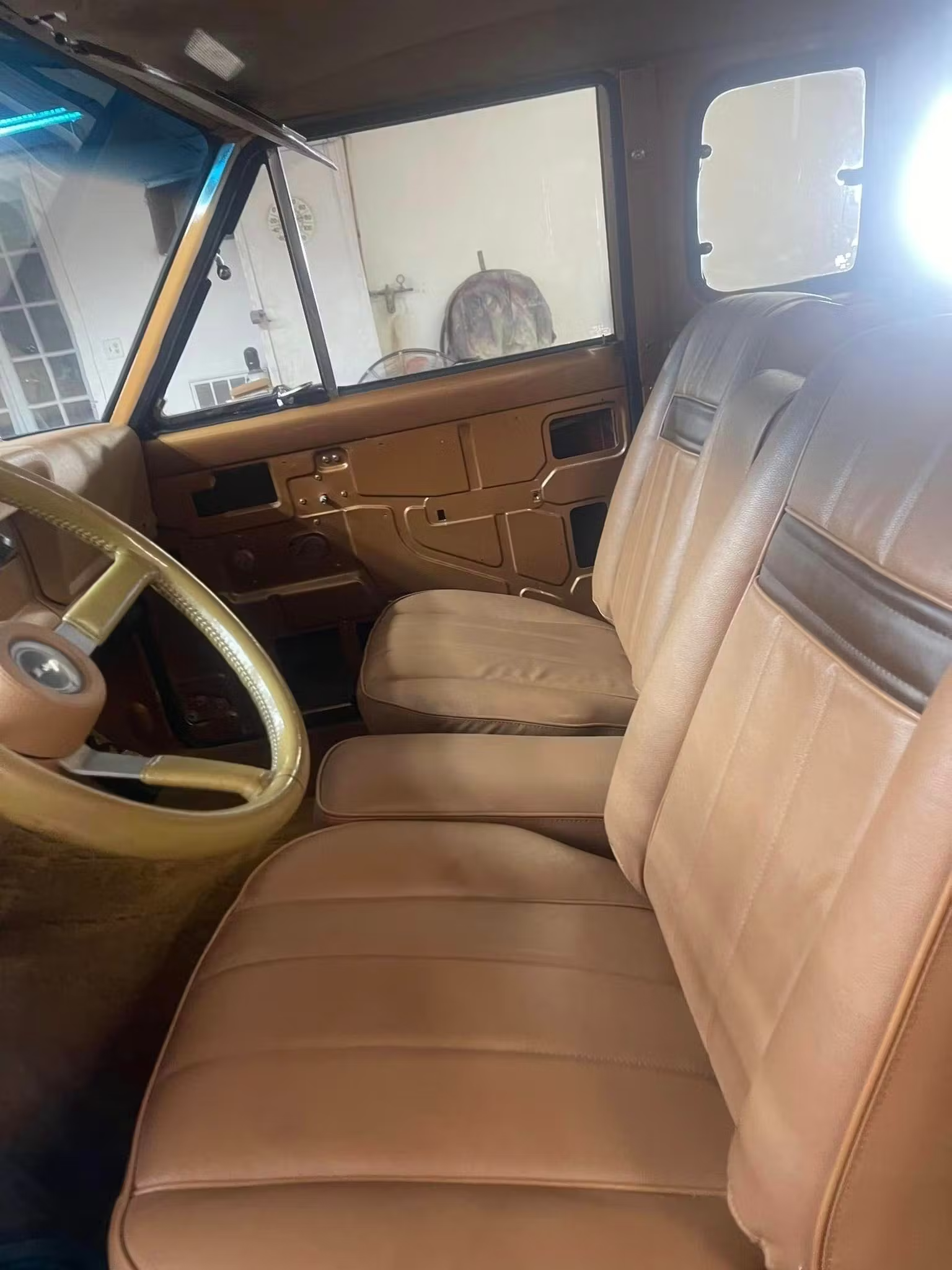
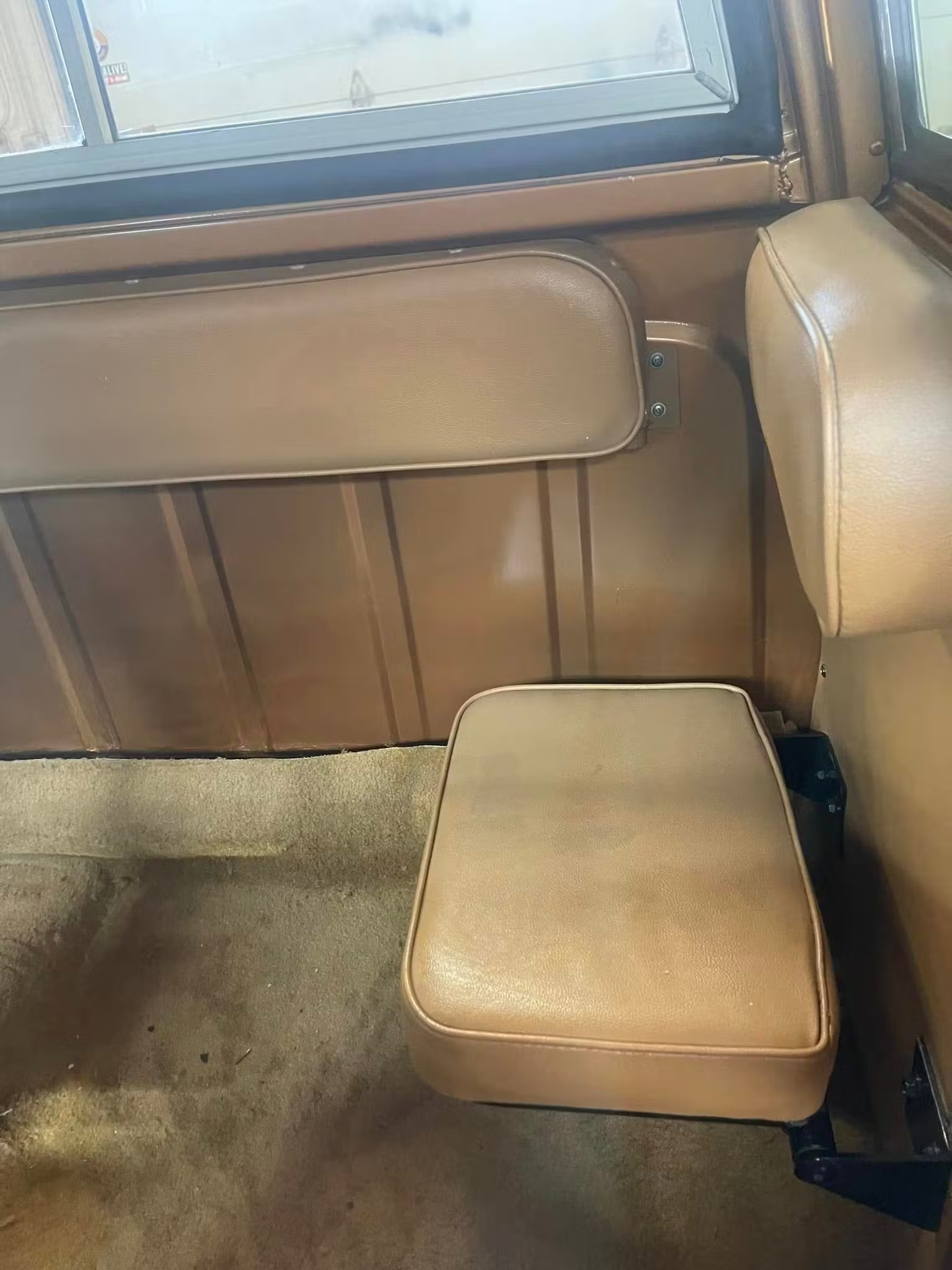
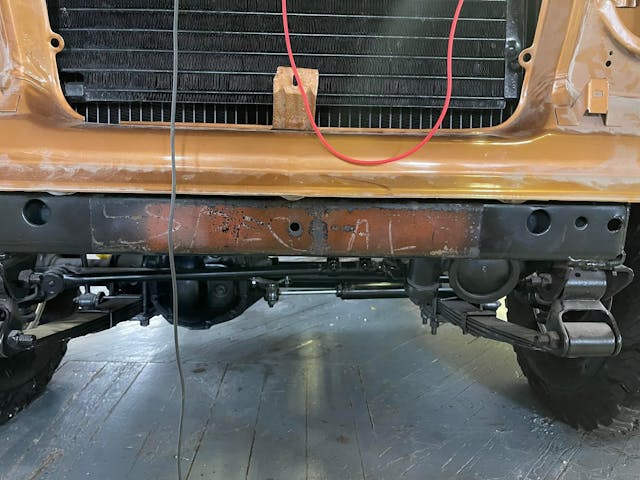














I never understood why manufacturers crush prototypes. I imagine it has something to do with low build quality prototypes tarnishing the reputation of the brands, but the amount of collector interest in these things pretty much guarantees they won’t see much road time
It has to do with pure liability.
These cars are often build with lack of safety features and tested parts. In many cases they were just made to sit on a turn table.
If released there could be a chance someone takes it on the road and get killed and then they take the automaker to court and sues them.
Some have taken some of their cars and put them into collections but that is very expensive. It has been worked out several ways but the cost add up so some cars have to be destroyed.
If any are sold most times they are production cars with minor modifications like graphics, paint and or stock. Others are sold with no vin making it difficulty to put them on the road as no vin no title.
Some escape as this truck and we are all better for it.
Because the vehicle wasn’t EPA certified and didn’t have a safety certification, it had to be crushed. That way the government was assured it never was on the public highways.
They did that to all vehicles that were brought in from a foreign country and required safety and smog certification. After 30 days with noncompliance, they were confiscated and crushed.
I know at least one guy who brought in an Austin Mini vintage 70-99 and he switched the vins with a junker and let the government crush his “replacement “ Mini.
I am glad they saved this truck. So few AMC models that were show cars or prototypes survive today.
I love the stories and history around prototypes. I am glad many are now saving the ones they are now saving. We have lost way to many cars to this point today.
Hard to believe but GM came close to scrapping the X and Y models how cars. These are the most famous of all show cars and were the love of Harley Earl. Today they are still shared and protected due to some special people inside GM.
I saw them both when on loan to the Henry Ford Museum.
Great story. I think AMC would have had a huge hit on their hands if they would have produced that.
I am surprised it is as solid as it was. My $850 Waggy had holes in the floor, fenders and quarter panels. It never failed to start in the depth of a Michigan winter. I donated it at the end of its life and it immediately was sold. A remarkable piece of history here.
Really enjoyed this article. It’s as much about the people as the truck! Great stuff.
Cool truck and story. Looks like they started with a WT Cherokee and the frame was certainly stretched.
The unrestored truck appears to have the older front end with the square center grill and those little round secondary grills on either side. But the finished truck has the more modern wide grill. Why the change?
Or is it that Jeep never changed the sheetmetal underneath when they added the full width grill?
I don’t believe there was a change of the grill. In particular look at the placement of the signal lights and the full width trim above the headlights. If you blow up the picture you can see everything beneath the grill. And besides which it was a prototype and AMC could have put on any grill they wanted. Based on this I believe that Mike restored the Jeep true to how Pete and AMC originally built it and thus honored his grandfather in the process. Well done Mike!
Congradulations, you solved the puzzle without ripping the grill off of somebodies Wagoneer. Even though you’d be doing them a service.
Mt Dad had a 77 Jeep pickup. It was really cool. What a great vehicle with a greater story behind it. Cuddos to Mike and the family for saving Grandpa’s truck.
My Dad had a 77 Jeep pickup. It was really cool. What a great vehicle with a greater story behind it. Cuddos to Mike and the family for saving Grandpa’s truck.
This may be the coolest story Hagerty has ever published. The family saga and the many people involved make it so very unique and nice (I mean, the “ice cream for lunch” verification of truth-telling — fabulous!) . Saving a piece of automotive history is always a challenge, and an AMC Jeep of any vintage has what I would call extra challenges. Just loved the whole thing.
I’ll second that!
Summed it up perfectly!
This is a great story about a very interesting and, until now, unheard of truck. However, to say this pickup was “ahead of its time” in 1977 is not actually true. Dodge invented the two door extended cab pickup in 1973 and Ford followed with theirs in 1974. Chevrolet would not have a two door extended cab in their full size trucks until 1988, although their S10 had an extended cab in 1983. With Dodge and Ford both having extended cabs it is surprising that AMC did not put this truck into production.
Volkswagen started building crew cab trucks on their own factory line in 1958, and the coachbuilder Binz was building them out of single cab trucks for a year or two before that.
I have seen a crew cab Dodge truck that was likely coach built in 1967-ish. It was bright yellow original paint, so likely built for a state or county or maybe airport service. But, all that said, Dodge did not invent the extended cab truck. VW had the first factory built version as far as I can tell.
Nice story. Kudos to the family. I’m having ice cream for lunch tomorrow. The ‘crusher” stories are always cool. The coolest to this boomer are the ones regarding the Warhoops salvage yard in Michigan and Joe Bortz. The 2nd and 3rd coolest are those regarding the fate of 1953 Corvettes 001 and 002 , and the Canadian-built AVRO Arrow jet fighter and their Iroquois engines. Corvettes and the Arrows were ordered to be cut-up/crushed but no one know with 100% certainty what happened. Urban legends.
Getting slightly off topic here, but if Paul wants to know what happened to one of the greatest achievements in CDN manufacturing history, being the AVRO Arrow, he should look up Palmiro Campagna’s latest Access to Information postings. Pay particular attention to the relationship between RAF Kent and Arrow seats showing up at an auction in London, England.
Very cool story. Nice to see such a unique truck to be saved.
Great Story!!! 1985; 1991; 2000 XJ’s owner…
Once again, AMC/Jeep were ahead of their time. What a truly delightful story to read.